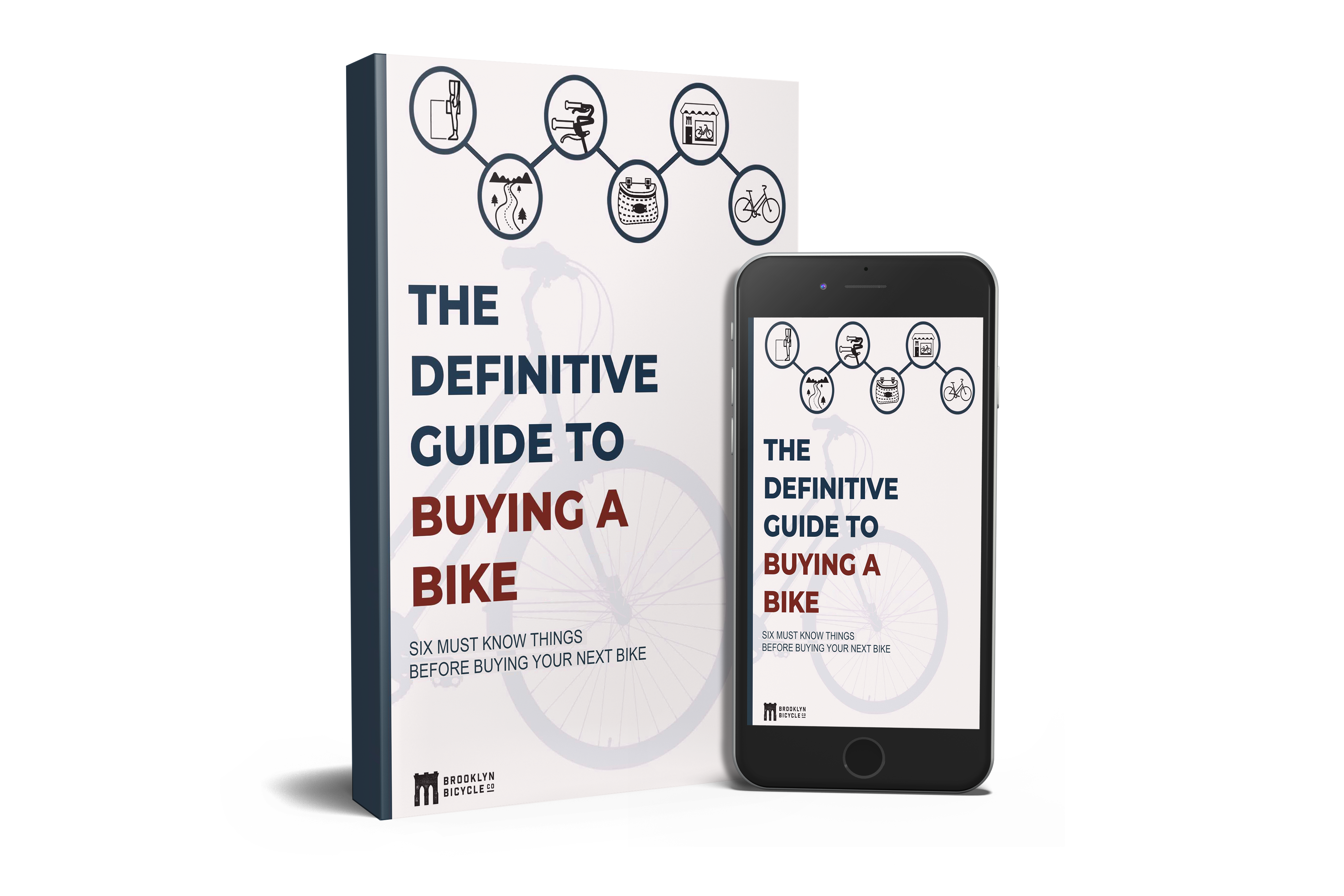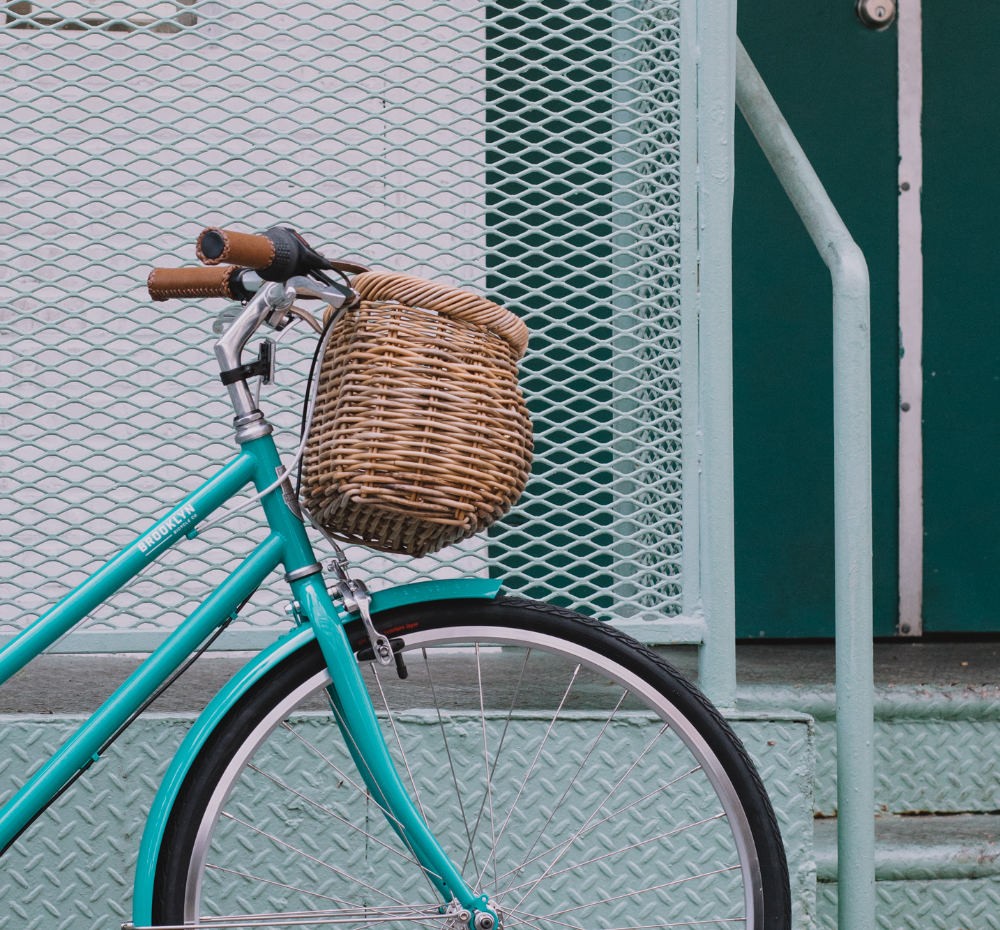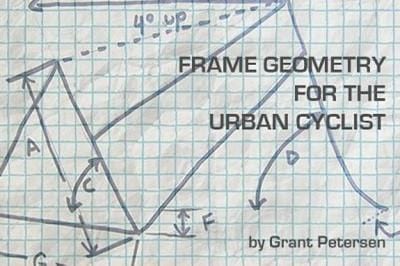It’s always been our honor to have Grant Petersen of Rivendell Bicycle Works on our Board of Advisors. His contributions to our bicycle design have been the very reason we’re able to offer such a unique ride to anyone who’s up for the lifestyle cycling experience.
“Bike frame geometry” is an all-out mystery to a lot of urban cyclists. It’s just too easy to check out the curves, lines, angles, colors... Imagine how they’ll complement your own vibe... how they’ll look chained outside the local watering hole... Before you know it, you’ve completely missed the architecture behind the eye-candy. Thing is, it matters."
With a new fair-weather season upon us, Grant offered to walk us through the ever-elusive (and all-important) aspects of frame geometry in a way we can all understand. Of course, “yes, please!” was our answer, and here's what he had to say...

“Frame geometry” refers to the design of the frame, specifically the tube’s lengths and angles. It’s a term that pops up often among the spandex set, but even so, it’s good to know something about it. If you read and understand this, you’ll know more than they do. It’s easy…
Seat Tube Angle
The seat tube angle affects your seated pedaling position. Most seat tubes are between 71 and 75 degrees (from horizontal). If the seat tube is 74-degrees or more, it’s considered “steep,” and if it’s 71 to 72-degrees, it’s “shallow.” I prefer shallow seat tube angles, so that’s what the BKC bikes have. It helps you sit further behind the pedals and, to me, feels more natural and relaxing. There are zero drawbacks, unless you’re a triathlete.
Head Tube Angle & Fork Rake
Head Tube Angle refers to the steepness of the head tube. All else equal, shallower head tubes (70 to 71 degrees) make the steering less reactive; steeper ones (74-75 degrees) make it more reactive.
And Fork Rake is the amount of forward bend in the fork — how much it curves or angles forward. It’s usually 1 ½ to 2 ¼ inches.
A combination of Head Tube Angle, Fork Rake, and the front wheel size influence a bike’s steering feel and stability. Think about it like… Sports car or truck? On city bikes like the BKCs, you want something normal-feeling and not so reactive that if you hit a pothole while steering with one hand, the bike topples over.
I consider all of those things in the steering of Brooklyn Bicycle Co. bikes, so that the end result feels instantly familiar and unremarkable, which is how it should be.
Top Tube Length
The length affects how far you have to reach to grab the bars, but it’s just one of many factors that do (along with the seat tube angle, stem, and handlebar shape and height).
On Brooklyn Bicycle Co. bikes, I designed a top tube that “reads” long to somebody accustomed to starting at bike frame geometry spreadsheets, but it doesn’t feel long; and it doesn’t feel long because the bars are high and sweep back toward you. Meanwhile, the longer wheelbase (which comes of a longer top tube) makes the bike ride better over rough ground.
Chainstay Length
Chainstays are the tubes that run from the crank to the middle of the rear wheel, and the range (from short to long) is 16 to 17.5 inches, typically. Personally, I like chainstays that push 19 inches. It contributes to a longer wheelbase, a smoother and more comfortable ride, and a better ride over rough pavement better. There are no negatives, only positives.
The BKC chainstays are just under 19 inches, longer than those on most (maybe all) other city bikes.
Drop and Bottom Bracket Height
Drop is how far the crank sits below the wheel centerline, and along with the wheel diameter and the seat tube angle. It affects how high your saddle is above the ground, which in turn affects how easy it is to touch the ground with your tow when you’re half-sitting on the saddle at a stoplight. It also affects how likely you are to hit a pedal on the ground when you lean your bike and pedal around a corner. Drop is always a compromise that favors one thing (touching the ground easily?) over another (pedal clearance?).
When I specify the drop on a BKC bike, I look at all of these things and where the bike will be ridden (on pavement, for the most part). There is a little more drop on a Brooklyn Bicycle Co. bike than there is on most urban bikes. I think it is the best balance of toe-ability and pedal clearance, but it is also the most easily overlooked contribution to a really great frame geometry.
Want more Grant Petersen? Check out his "Blug"

We build bikes for vivid lives—for taking adventures, reconnecting with old friends, discovering new neighborhoods and exploring hidden gems. Inspired by the streets of Brooklyn, our bikes are built for style, comfort, and durability. Made with top quality parts, crafted with care, and sold at an affordable price, your bike is yours for life. We scrutinize every component for maximum sustainability and performance, and every millimeter of the frame for ultimate comfort and style. We take pride in our process, in our products, and in the people who sell them.



